
ALSO BY LINDA GRANT
FICTION
The Cast Iron Shore
When I Lived in Modern Times
Still Here
The Clothes on Their Backs
NONFICTION
Sexing the Millennium: A Political History of the Sexual Revolution
Remind Me Who I Am, Again
The People on the Street: A Writers View of Israel

A Division of Simon & Schuster, Inc.
1230 Avenue of the Americas
New York, NY 10020
www.SimonandSchuster.com
Copyright 2009 by Linda Grant Originally published in Great Britain in 2009 by Virago Press Published by arrangement with Little, Brown Book Group Limited
All rights reserved, including the right to reproduce this book or portions thereof in any form whatsoever. For information, address Scribner Subsidiary Rights Department, 1230 Avenue of the Americas, New York, NY 10020.
First Scribner edition April 2010
SCRIBNER and design are registered trademarks of The Gale Group, Inc., used under license by Simon & Schuster, Inc., the publisher of this work.
The Simon & Schuster Speakers Bureau can bring authors to your live event. For more information or to book an event, contact the Simon & Schuster Speakers Bureau at 1-866-248-3049 or visit our website at www.simonspeakers.com.
Designed by Mspace/Maura Fadden Rosenthal
Library of Congress Control Number: 2009043435
ISBN 978-1-4391-5882-1
ISBN 978-1-4391-5881-4 (pbk)
ISBN 978-1-4391-7164-6 (ebook)
For three generations of Ur women: Ziona, Ruth, and Lia. Never knowingly underdressed
CONTENTS
Dress has never been at all a straightforward business: so much subterranean interest and complex feeling attaches to it. As a topic, it is popular because it is dangerousit has a flowery head but deep roots in the passions. On the subject of dress almost no one, for one or another reason, feels truly indifferent: if their own clothes do not concern them, somebody elses do.
 E LIZABETH B OWEN
E LIZABETH B OWEN

IN WHICH A WOMAN BUYS A PAIR OF SHOES

T WELVE YEARS AGO I saw a red high-heeled shoe from an earlier era. Glorious, scarlet, insouciant, it blazed away amid the rubber soles and strong cotton shoelaces as if to say, Take me dancing!
At night, when I cannot get to sleep, I sometimes distract myself by inventing its imaginary owner. I see her waking one morning in a foreign city, and as she raises the blinds on a spring day, the sun striking the copper rooftops, she realizes that she must go out this very moment and buy a pair of red shoes. A wide-awake girl in a white nightgown parting the shutters on a Paris day, drinking a cup of coffee, lighting a cigarette, thoughtfully smoking it before she quickly eats a roll, puts on her lipstick, and leaves the house.
Or I wonder, instead, if she is somewhat oldersay, thirty-eightin a gray wool coat and lines descending each side of her mouth, a small ruddy birthmark on the side of her right cheek, which she fruitlessly tries to cover up by curling her hair in waves below her ears, but the wind always catches it and exposes the strawberry stain. She is walking down a Prague street, a shopping basket over her arm, to the market to buy carrots, leeks, mackerel, and passes by chance a shoe shop, and there are the red shoes in the windowall by themselves on a little plinth raised above the lesser footwear, the price tag coyly peeking out from the baseand she has such a powerful urge to go in and try them on that that is what she does. Even though her husband, who is a little mean, would go mad if he saw how much they cost. He married her because of his jealousy and her birthmark: he could not stand another man to look at his wife.
The shoes fit. She empties the contents of her purse, counting out the coins and notes, and flees home with them tied up in a brown paper parcel, and hides them for several days at the back of the wardrobe. Not once does she think about her birthmark.
Or is she the Imelda Marcos of Central Europe, a rich, bored woman with countless pairs of shoes, a widow with a younger lover whom she will never allow to see her without a full face of powder, rouge, and lipstick? Or I think of a humble shopgirl or secretary who saved her wages for weeks circling past the shop, always fearing that by the time she had the money to pay for the shoes they would be gone.
I have tried to imagine the transaction in the shop in dozens of ways, and then the figure of a woman walking home (or driving, or taking a bus, a tram, a taxi), but whatever her station in life, her age, her figure, and her marital situation, the one thing I can be sure of is what she felt: that pleasurable frisson of excitement and delight when a woman makes a new purchase in the clothing department, and particularly an item as nonutilitarian as a pair of red high-heeled shoes.
Whatever her identity, I am certain she would have loved those shoes, or they would not have ended up where they did. She would have left them at home at the start of the journey if she couldnt stand in them.
The red high-heeled shoe exists. You can see it for yourself if you travel to Poland, drive a couple of hours west from Krakw, and visit the museum which is what remains of the main camp at Auschwitz (not Auschwitz-Birkenau, an extension, which is a couple of miles away, the site of the Final Solution against the Jews). Auschwitz I was the administrative center of the death camp. It is a popular excursion for tourists and Polish schoolchildren who are taken there by their teachers to learn about history. I dont know if they do or not.
Behind one of the glass-fronted display cases lies a great mountain of footwear, found by the liberating army in a part of the camp known as Kanada, in January 1945. The goods collected from the deportees, when they arrived by train, were placed there to be sorted through and distributed to the civilian population of Germany. The pile of shoes is designed to be symbolic, representing the footwear of twenty-five thousand individuals from one days activity at the camp, at the height of the gassings.
So someone arrived at Auschwitz wearing, or carrying in her luggage, red high-heeled shoes, and this shoe is all that is left of her. When I visited Auschwitz, I was transfixed by the shoe, for it reminded me that the victims were once people so lighthearted that they went into a shop and bought red high-heeled footwear, the least sensible kind of shoe you can wear. They were human, fallibly human, and like us; they took pleasure and delight in the trivial joys of fashion. This anonymous, murdered woman, who died before I was born, would surely have bought her shoes in the same spirit that I bought mine.
Apart from underwear, more fragile and temporal, shoes are the most intimate garments we wear. They are imprinted with the shape of our bodies. Looking at the shoes in the artfully arranged pile at Auschwitz, I saw not a monument, but fashion. The fashion in the late thirties for red high-heeled shoes. So you have genocide, and you have fashion, and genocide could not be more awful and serious and fashion could not be more superficial. Yet the woman who bought the shoes was not only a statistic of the Final Solution. Once upon a time, she liked to shop for stylish footwear.
Next page
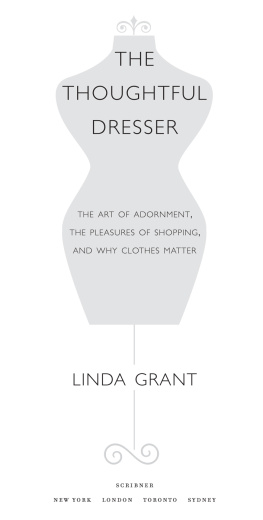
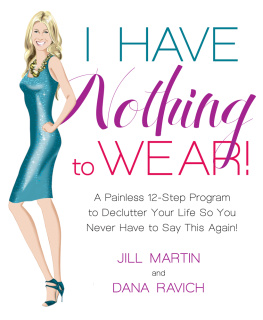
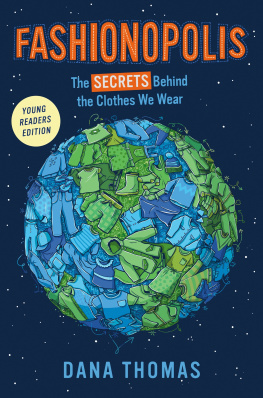


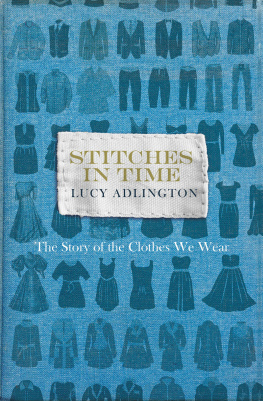
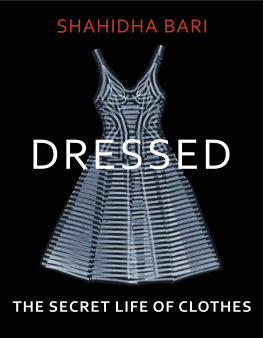

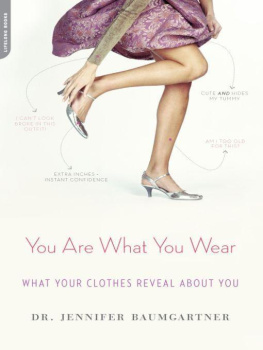


 E LIZABETH B OWEN
E LIZABETH B OWEN